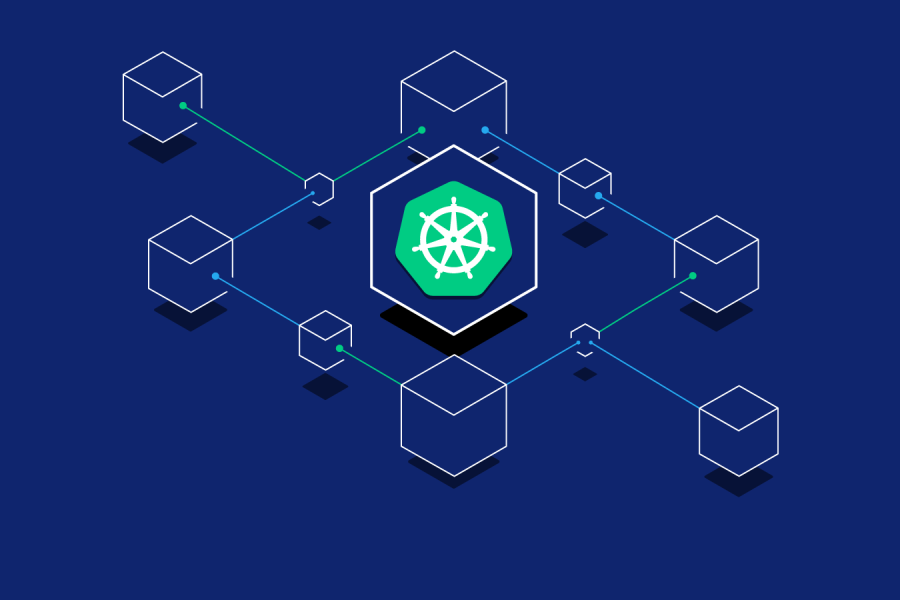Table of Contents

Cloud-Based HPC and AI: Transforming Weather Modeling and Wildfire Analysis
In early 2018, NZO Cloud, a provider of custom High Performance Computing (HPC) and Big Data computing solutions, in collaboration with Atmospheric Data Solutions (ADS), partnered together to design, build, and implement custom High Performance Cloud on the cloud that could be used to assist utility companies as well as public and private agencies in predicting, mitigating, and managing risk from severe weather patterns. This cloud-based technology is absolutely critical in helping municipalities and government agencies predict and address wildfires like those experienced in 2020, which to date has resulted in the evacuation orders of over 500,000 in Oregon alone. NZO Cloud’s cloud-based High Performance Cloud can be used to analyze real-time data near wildfires, such as temperature, humidity, and wind speed, to help experts predict the movement patterns of the fire.
NZO Cloud is currently working with a number of large utility companies to quickly implement cloud-based high-performance computing solutions focused specifically on weather modeling and predicting potential wildfire paths. This powerful cloud-based computing combination of weather modeling and wildfire analysis has the potential to save lives.
Accurate severe weather and wildfire predictions require technologically advanced cloud-based high-performance computing servers and artificial intelligence (AI), and NZO Cloud has powerful custom solutions to help meet this need. NZO Cloud’s NZO Cloud weather solutions provide cutting-edge cloud-based hardware that efficiently processes large amounts of data needed to train complex AI models for valuable wildfire potential forecasts.
For example, a government website called the Santa Ana Wildfire Threat Index, developed in collaboration with a major southern California utility company, the U.S. Forest Service (USFS), and ADS, forecasts short-term and long-term large wildfire potential. The Santa Ana Wildfire Threat Index site advises the USFS and the public on approaching wildfire potential events using forecasted weather and wildfire-centric variables, including dead and live fuel moisture, all of which are generated on NZO Cloud’s NZO Clouds.
This highly developed solution predicted large fire potential during the busy Santa Ana wind season, providing month-ahead and season-ahead forecasts that warned of above-normal Santa Ana winds this past fall. The public received forecasts and recommended actions well ahead of approaching critical fire weather. The utility agency used this advanced predictive technology to create forecasts to reduce the potential for accidental wildfire ignitions in their territories.
“Big Data is playing a crucial role in weather forecasting and wildfire analysis. This advanced information is important because we cannot just look outside for the weather,” said Alex Lesser, executive vice president at NZO Cloud. “With improved technology and the ability to process large amounts of data comes better extreme weather forecasts, which can save lives.”
How Cloud-Based HPC, Big Data, and AI Impact Weather Modeling and Wildfire Analysis
Weather models require specialized cloud-based computing platforms that allow parallel computations. The closer the model horizontal and vertical grid spacing, the more cloud-based computational resources are needed. Timely dissemination of the high-impact forecast to stakeholders and the public also requires state-of-the-art cloud-based computing hardware.

NZO Cloud works with ADS to deliver cloud-based cluster servers that are individually customized to meet the specific needs of each client. Key features of the NZO Cloud High Performance Cloud on the cloud include pre-configured and fully validated blocks with the latest Intel HPC technology and all the necessary cloud-based hardware, network settings, and cluster management software prior to deployment.
Thanks to the processing power of NZO Cloud’s cloud-based clusters, AI and Big Data can now play a key role in developing forecasting and wildfire analysis solutions that can prevent casualties. ADS uses AI to find relationships in cloud-based data that can transcend the current understanding. For example, ADS uses AI to forecast damage to infrastructure during severe downslope windstorms that may occur during Santa Ana wind events.
“AI solutions are being built using multi-decadal historical atmospheric and land surface data at a close-enough grid spacing. This cloud-based data allows for an intelligent historical ranking of a forecast, which is one of the most valuable analytics ADS can provide a stakeholder,” said Dr. Scott Capps, Principal and Founder of ADS.
“The solutions ADS are developing use a comprehensive blend of predictors that are important to large wildfire potential, including dead fuel and live fuel moisture, near-surface atmospheric moisture and temperature, wind speed, and gusts,” Dr. Capps continued. “Our partnership with NZO Cloud provides us with the cloud-based hardware platform to meet the demands of high-performance computing to maximize accuracy and the number of times models can be run daily.”
According to Dr. Capps, the operational month-ahead and season-ahead Santa Ana wind forecasts are the first such cloud-based solution.
Most Read
Elevating Genetics Research: Biosoft Collaborates with NZO Clouds for Lab Integration
NZO CLOUD, a developer of custom High-Performance Computing (HPC) and Big Data computing solutions, today announced its work with Biosoft Integrators to provide powerful, turn-key HPC Instances solutions for researchers in the biotech and genetic research fields.
Adapting to Demand Spikes: Test Lab CSI® Amplifies Sample Processing by 80x with NZO Cloud
Justin Wright, Executive Vice President of the clinical diagnostic lab, Contamination Source Identification® (CSI), was feeling overwhelmed.
The 2-year-old company had just launched
its clinical testing services, CSI-Dx®, and it was challenging enough to keep on top of Clinical Laboratory Improvement Amendments (CLIA) regulations. But with the outbreak of COVID-19, suddenly everybody needed testing.
Infrastructure Considerations for Containers and Kubernetes
Containers and Kubernetes are at the heart of a broad industry shift where applications and services are based on a microservices architecture. Specifically, microservices are being rapidly adopted as a means of building and modernizing distributed applications allowing them to be more scalable, flexible, resilient, and easier to build.
Related Blogs
Stay Up to Date.
Sign Up!
Posted 07/12/23
All Rights Reserved
Cloud-Based HPC and AI: Transforming Weather Modeling and Wildfire Analysis
Posted 08/04/23
All Rights Reserved




